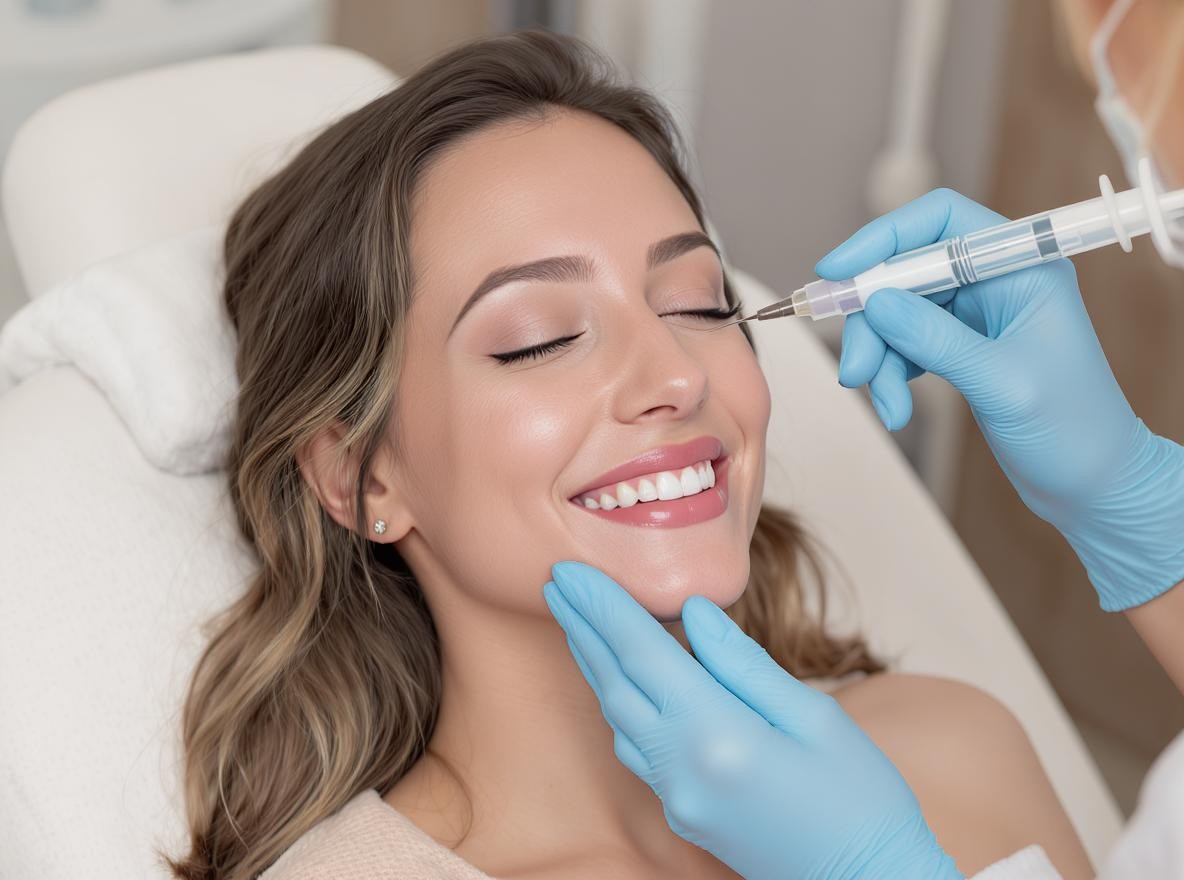In the modern world of aesthetic enhancement, Botox emerges as a dominant player, promising a youthful appearance and a variety of therapeutic benefits. Learn more about Botox, as we unravel its procedures, associated costs, and any potential side effects.

What Is Botox?
Botox, or Botulinum toxin type A, is a neurotoxic protein produced by the bacterium Clostridium botulinum. Despite its origins, Botox is widely acclaimed for its ability to temporarily paralyze muscles, resulting in the smoothing of lines and wrinkles primarily on the forehead and around the eyes. The cosmetic industry has harnessed this property to enhance facial aesthetics, providing individuals with a more youthful appearance.
Initially approved by the FDA in 1989 for medical use, Botox's cosmetic applications gained recognition in the early 2000s. Yet, beyond its aesthetic value, Botox serves multiple medical purposes, including treating conditions like chronic migraines, excessive sweating, and certain muscular disorders. For a deeper understanding of its role in treating hyperhidrosis, you can read more on Botox for Sweating.
The Process of Receiving Botox Treatments
Receiving Botox injections is relatively straightforward but involves several key steps to ensure safety and efficacy. Understanding this process can help demystify the treatment and prepare potential candidates for what to expect.
1. **Consultation and Pre-Treatment**: Before proceeding with Botox, a consultation with a certified dermatologist or plastic surgeon is vital. They will conduct a facial analysis to ascertain suitable regions for injection and discuss your aesthetic goals along with any medical history that might influence the procedure. For those new to Botox or similar procedures, check out a beginner's guide detailing 12 Things to Know Before Botox or Fillers.
2. **The Injection Procedure**: Botox injections are non-surgical and performed on an outpatient basis. The procedure itself is quick, often lasting no more than 10-20 minutes. A fine needle is used to inject the Botox solution into specific muscles, with the number of injections dependent on the area being treated. Most patients report minimal discomfort, akin to a pinprick sensation.
3. **Post-Procedure Care**: After receiving Botox, you may notice minor swelling or bruising at the injection sites, which typically resolves within a few days. It is advisable to avoid strenuous activities or lying down immediately after treatment to prevent the solution from migrating to unintended areas.
Side Effects Associated with Botox
As with any medical procedure, Botox injections come with potential side effects. Most are mild and temporary, but understanding them can help you make an informed decision.
* *Common Side Effects*: These include swelling, redness, or bruising at the injection site. Some individuals might experience a mild headache or a feeling of flu-like symptoms post-treatment.
* *Rare but Serious Side Effects*: Although uncommon, some might experience muscle weakness, vision changes, or breathing difficulties. It's crucial to seek medical attention if these occur, as they may indicate an allergic reaction or complication.
* *Misconceptions and Concerns*: There's plenty of misinformation surrounding Botox, ranging from its safety profile to its long-term impact. For a factual perspective, consider reading an expert's take on the facts versus fiction regarding Botox.
How Much Does Botox Cost?
Understanding the financial aspect is pivotal for anyone considering Botox injections. Various factors contribute to the overall cost, and being aware of these can aid in budgeting and setting realistic expectations.
* *Factors Affecting Cost*:
* **Geographical Location**: Prices can vary significantly depending on where you receive your treatment. Urban areas or regions with a higher cost of living might charge more than rural areas.
* **Provider's Expertise**: Choosing a board-certified dermatologist or an experienced practitioner might be more expensive but can ensure the quality and safety of the procedure.
* **Treatment Area and Dosage**: The extent and number of areas treated, as well as the amount of Botox required, will influence the total cost. Larger areas or multiple regions will require more product and thus, cost more.
* *Average Costs*: On average, Botox treatments range from $300 to $600 per session in the United States. However, breaking down the cost further, Botox is typically priced per unit, and a single unit can cost between $10 to $20. Depending on the area being treated, the number of units required will vary. For instance, treating forehead lines may require 10-30 units, while crow's feet might need 5-15 units per eye.
In summary, Botox has rightfully earned its place in the cosmetic industry as a go-to treatment for those seeking to maintain youthful aesthetics or address certain health conditions. With a strong safety profile, especially when administered by a qualified professional, Botox continues to be a popular choice. However, it's essential for individuals to be well-informed about the procedure, potential side effects, and costs to ensure a positive experience. Consulting with a trusted practitioner and reviewing resources can equip you with the necessary knowledge to make an informed decision regarding Botox treatment.




